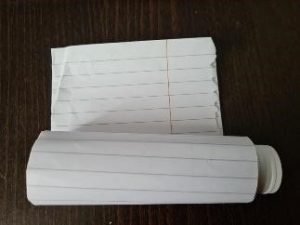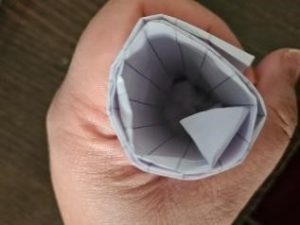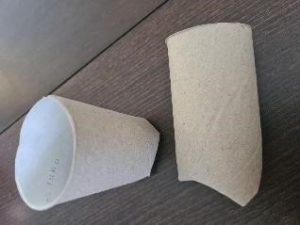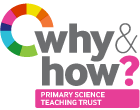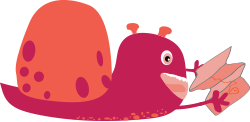Growing Green for Our Wellbeing
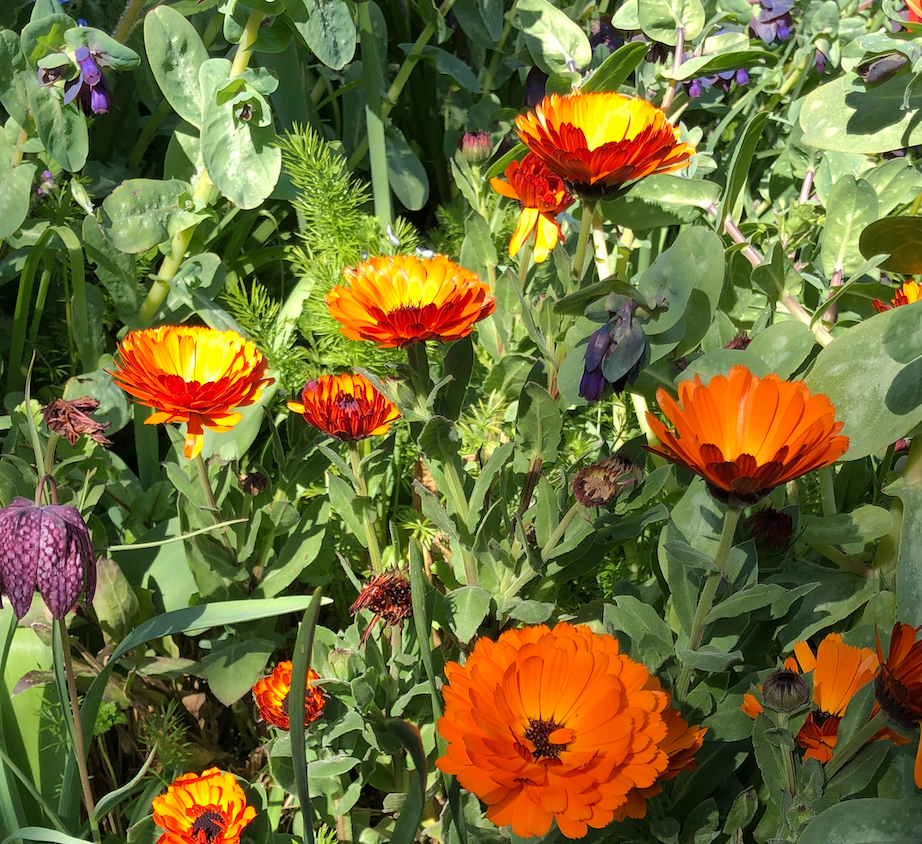
An outdoor green space is said to have proven healing powers. Gardens and the act of gardening are good for our mental, physical and social wellbeing.
With the long bank holiday weekend upon us, PSTT Regional Mentor Kulvinder Johal has a quick and easy idea for individuals and families to spend time outside.
Whether in our gardens, rooftops, b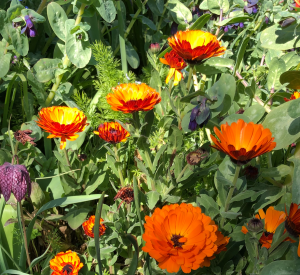 alconies or window boxes, we can all grow plants. Some will create lavish floral displays; others would like to grow vegetables and herbs or a mixture of both. The garden can be a source of calmness, tranquillity and can enable us to drift off into a distant, dreamy space. The fact that nature can have such a significant, enhancing effect on us has led some researchers to refer to it as ‘Vitamin G’ (for green). We can all try and bring a little Vitamin G in our lives at a very small cost and in an eco-friendly way.
alconies or window boxes, we can all grow plants. Some will create lavish floral displays; others would like to grow vegetables and herbs or a mixture of both. The garden can be a source of calmness, tranquillity and can enable us to drift off into a distant, dreamy space. The fact that nature can have such a significant, enhancing effect on us has led some researchers to refer to it as ‘Vitamin G’ (for green). We can all try and bring a little Vitamin G in our lives at a very small cost and in an eco-friendly way.
In addition to an opportunity to enjoy a relaxing activity together, growing plants will, over time, provide younger children with a wonderful opportunity to appreciate the ‘science’ of plants. Talk about the functions of various parts of different plants; how they grow and reproduce; how they are important to habitats; and how they are important to the environment.
Equipment:
Newspaper, scrap paper or an empty toilet roll
Seeds (use from consumed fruit or vegetables if need be)
Compost/soil
How to germinate seeds:
Using the toilet roll, fold over at one end, so that it closes.
If you are using newspaper, cut a strip and roll it around a cylindrical shape like a glue stick and then tuck in one end so that it closes.
Fill with soil/compost.
Poke a small hole into the compost with your finger and drop a seed into it.
Fill the hole over and then water regularly.
Taking it further:
Discuss: Which other fruits have seeds that can be grown?
Did you know that banana peels contain nutrients that are essential for healthy potted plants? As they decompose, banana peels add potassium as well as small amounts of nitrogen, phosphorus and magnesium to the soil in a similar fashion as a slow-release fertilizer. What are the benefits of other food products you throw away, such as tea leaves, for your plants?
H&S:
Remind children not to put any part of their hands into their mouths when touching soil/compost.
Links to other outdoor activity ideas:
‘Design a Secret Garden’ Competition
https://schoolgardening.rhs.org.uk/Competitions/The-Secret-Garden
Back to blog
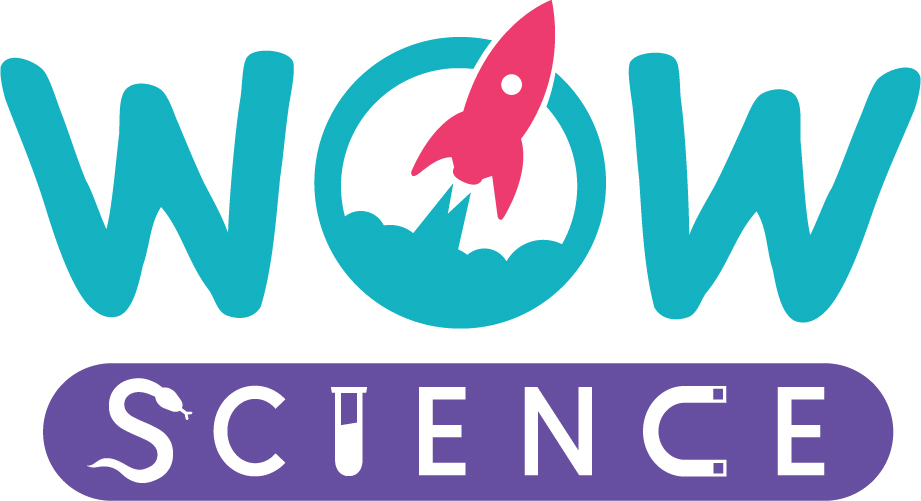


 QUICK
QUICK
 MEDIUM
MEDIUM LONG
LONG
